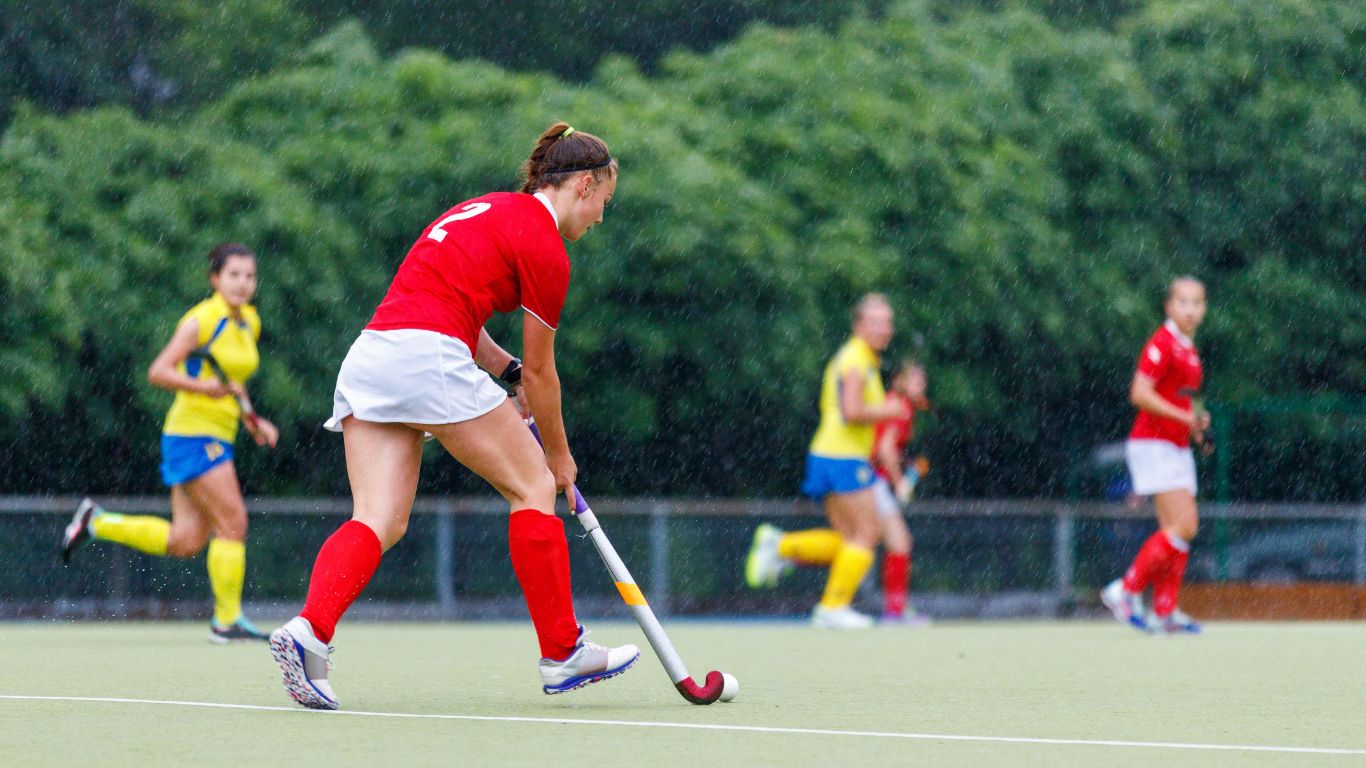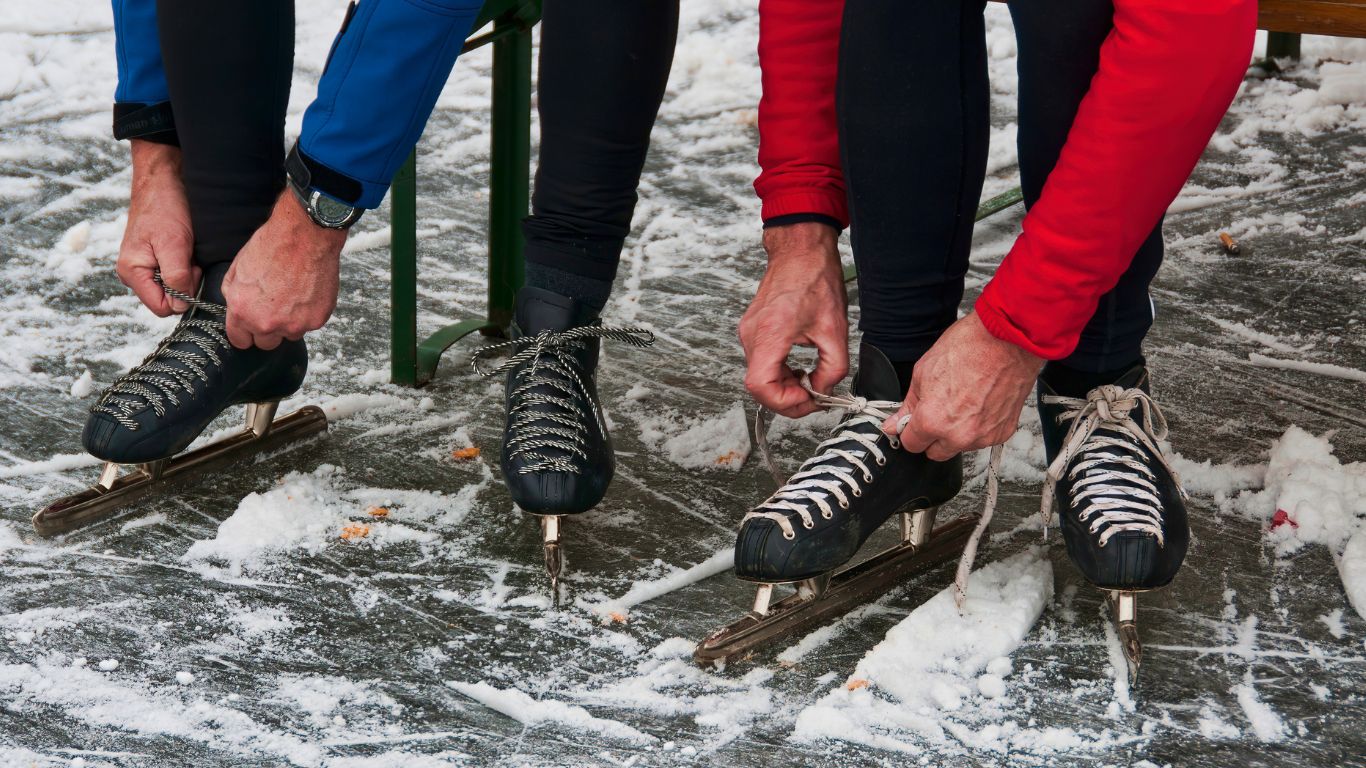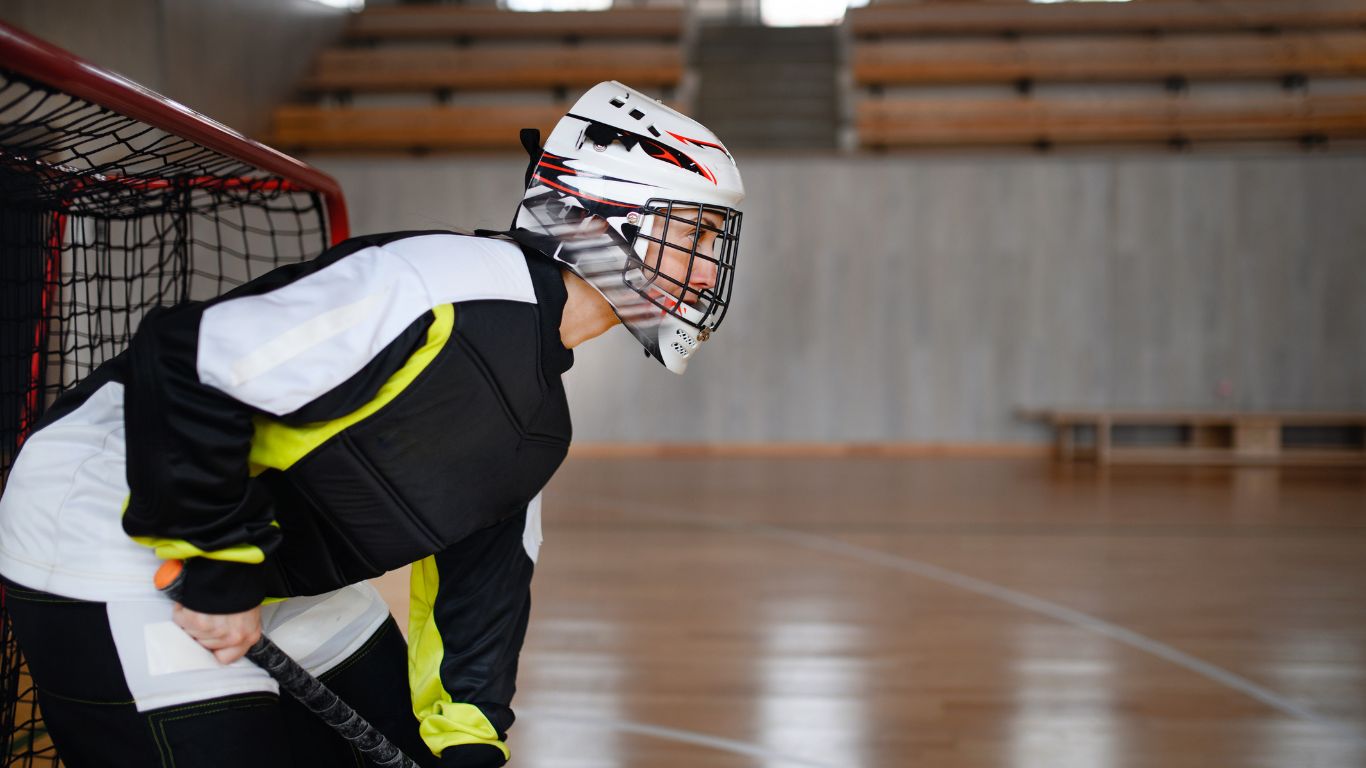Field hockey, a popular sport enjoyed worldwide, has a distinct structure that sets it apart from other forms of hockey and many other sports. Here’s an overview to help you understand how quarters are integrated into the game.
Introduction
Field hockey games are typically played by two teams of 11 players, including a goalkeeper. The game is divided into four quarters, creating a structured and paced environment for players and spectators.
History of Quarters in Field Hockey

Originally, field hockey was played in two halves, much like soccer. However, to modernize the game and align it with other sports, the International Hockey Federation (FIH) introduced quarters in 2014. This change enhanced the game’s pace, allowed more opportunities for coaching and strategic adjustments, and improved the viewing experience.
Modern Standard for Quarters in Field Hockey
Today, a standard field hockey game consists of:
- Four 15-minute quarters
- 5-minute halftime break between the second and third quarters
- Teams switch sides at the end of the first and third quarters
This results in a total playing time of 60 minutes. Including breaks and potential extra time, the entire game lasts about 90 minutes.
Differences Between Periods and Quarters in Hockey
Ice hockey is played in three 20-minute periods, while field hockey uses four 15-minute quarters. This structural difference affects the flow of the game and the strategies teams employ.
Importance of Breaks Between Quarters
The breaks between quarters are crucial for several reasons:

- Player Rest: Allows players to recover and perform well throughout the game.
- Coaching: Coaches can provide immediate feedback and tactical adjustments.
- Viewer Engagement: Keeps the audience engaged regularly, enhancing the viewing experience.
Discussion on Potential Changes to the Quarter System
While the quarter system has generally been well-received, discussions continue to optimize it further. Possible changes include adjusting the length of quarters or the nature of breaks to balance player welfare and game fluidity.
FAQs
What are the basic rules regarding quarters in field hockey?
Field hockey games are divided into four 15-minute quarters. There are breaks between the first, second, third, and fourth quarters and a 5-minute halftime break between the second and third quarters.
How long is a standard field hockey game?
The total playing time in a standard field hockey game is 60 minutes, divided into four quarters. Including breaks, the game typically lasts about 90 minutes.

Why were quarters introduced in field hockey?
The International Hockey Federation (FIH) introduced the quarter system in 2014 to enhance game pace, improve coaching opportunities, and make the sport more engaging for viewers.
How do breaks between quarters benefit players and teams?
Breaks allow players to rest and recover, maintaining a high level of performance. They also enable coaches to offer immediate feedback and make tactical adjustments.
Are there any ongoing discussions about changing the quarter system?
Potential improvements to the quarter system, such as adjusting quarter lengths or break durations, are being discussed to better balance player welfare and game fluidity.
How does the quarter system in field hockey compare to ice hockey?
Field hockey uses four 15-minute quarters, whereas ice hockey is played in three 20-minute periods. This difference impacts the game’s flow and the strategies teams employ.
Conclusion
The introduction of quarters has become a key element in modern field hockey. It structures the game into manageable segments, enhancing player performance and viewer enjoyment. Whether you’re a player or a fan, understanding this structure is essential to appreciating field hockey’s strategic depth and excitement.









